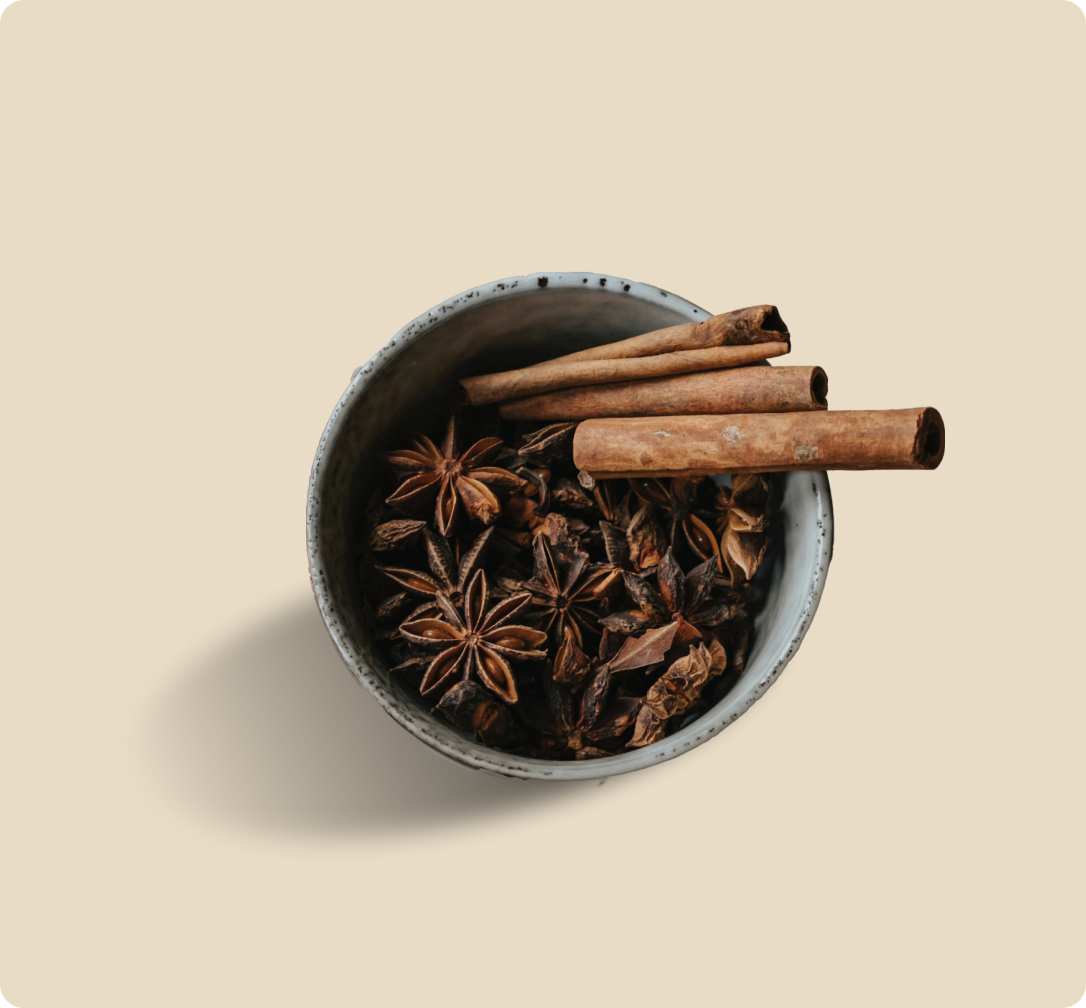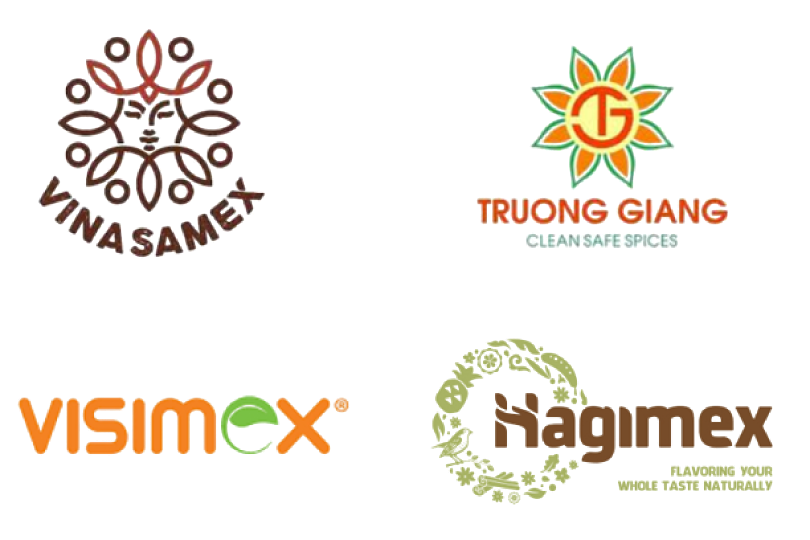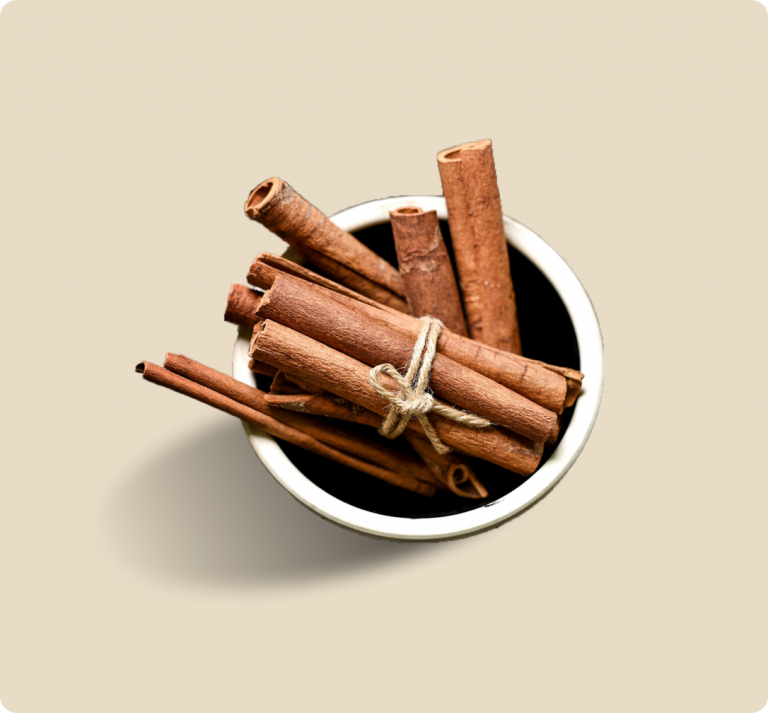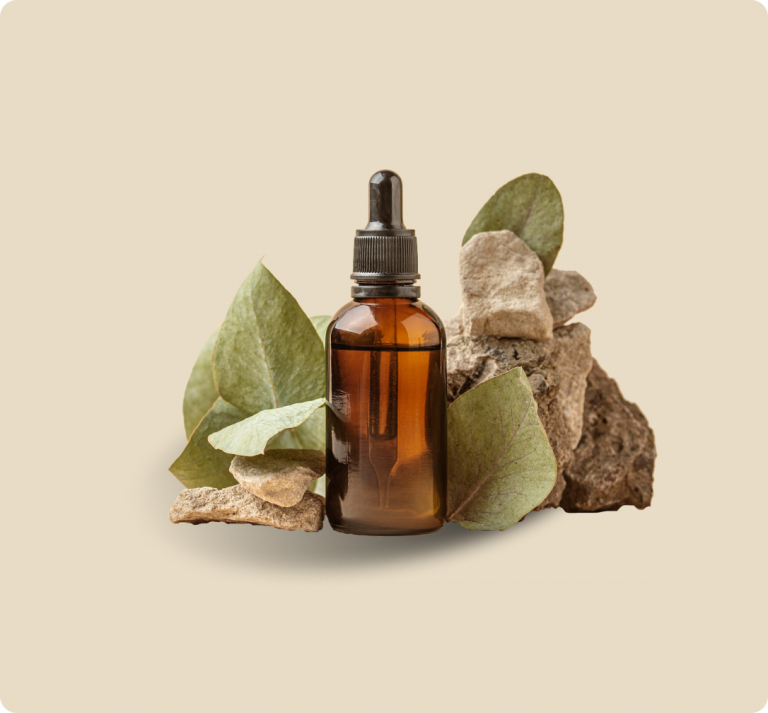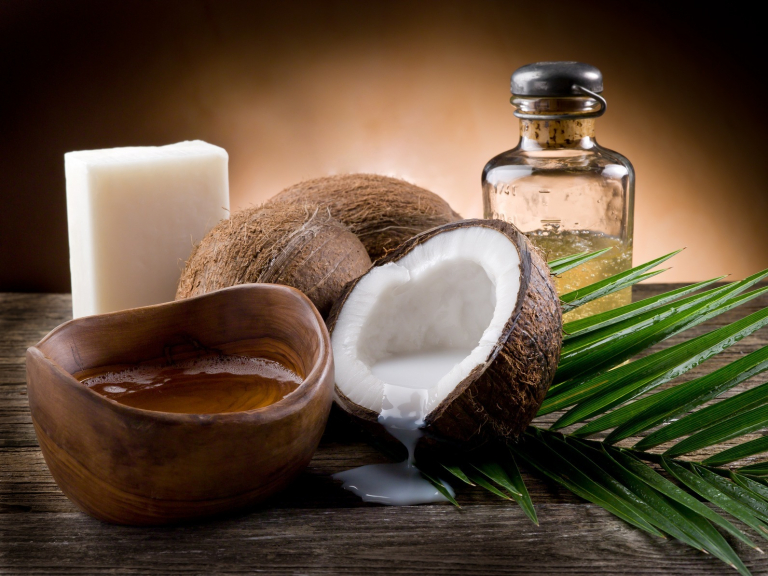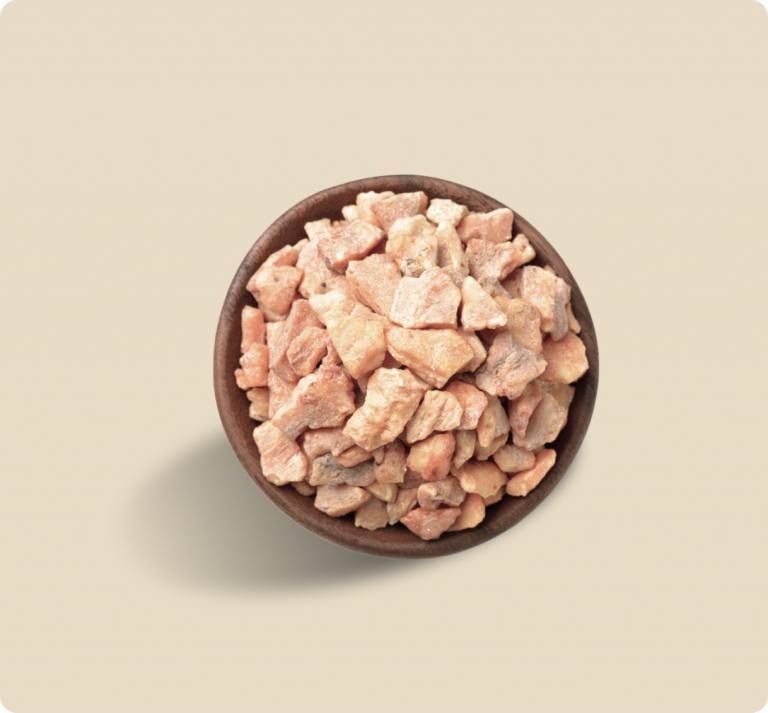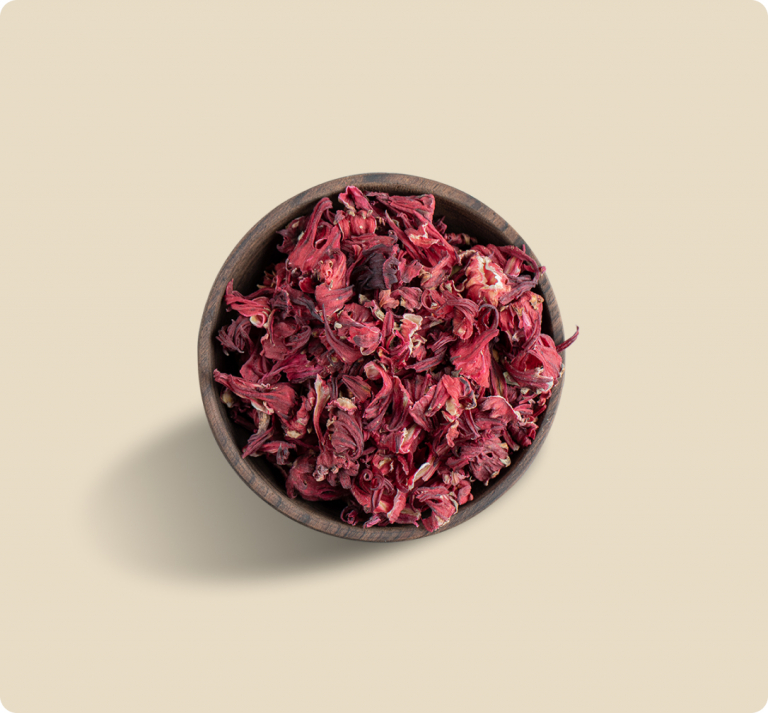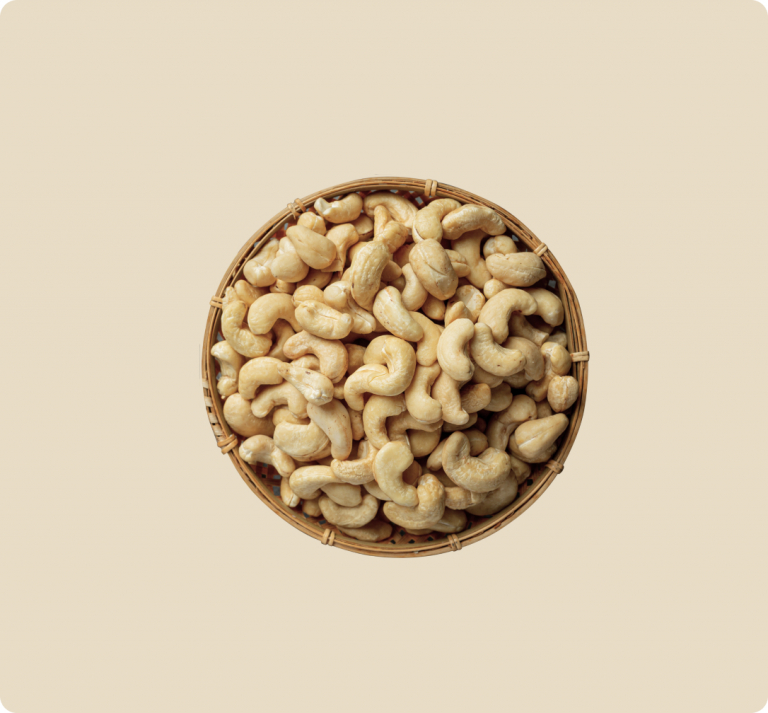Unique Selling Points
In Vietnam, star anise is currently cultivated mainly in the northern borders namely Lang Son and Quang Ninh provinces with an estimated total area of 55,000 ha with a total annual production volume of 6,000 dried MT per year of which about 5,000 MT are for export and 1000 are used in the extraction of the essential oil.
Vietnam is the world’s second-largest exporter of Star Anise which accounts for 15% of the global market share with an export value of over 40 million USD per year. Key export markets are France, Germany, China, Singapore, and Taiwan.
Most of the star anise plantations in Vietnam contain humus-rich, mildly acidic to neutral soils, which are light to medium and have good drainage that created special quality substances for this product. This makes Vietnam well-known as an ideal homeland for this spice helping it become one of the two biggest producers of star anise in the world other than China mainland. In production, Vietnam’s star anise is collected from trees by hand, sun-dried, and processed in a strict procedure at the factory to maintain its natural color and typical aroma. It can be provided in whole, broken, and ground forms. In harvesting, Vietnamese Star anise is harvested in 2 crops – The spring crop from March to May, and the Autumn crop from August to September. The autumn crop is often characterized by bigger flower sizes and bigger seeds inside and a stronger aroma.
Being a charm of Vietnam spice, Star anise is a feast for the eyes and a delight to the nose. Its sharp fresh flavor is found in many dishes and pastries, as well as in anisette and other enjoyable beverages around the Mediterranean Basin. Star anise from Vietnam also contains a high ratio of shikimic acid which is a key substance for Tamiflu production.
Our Partners
